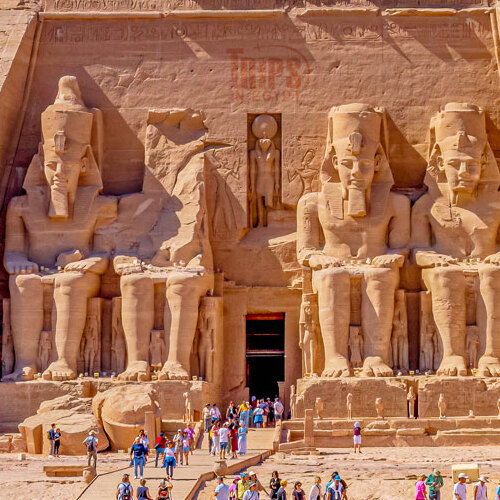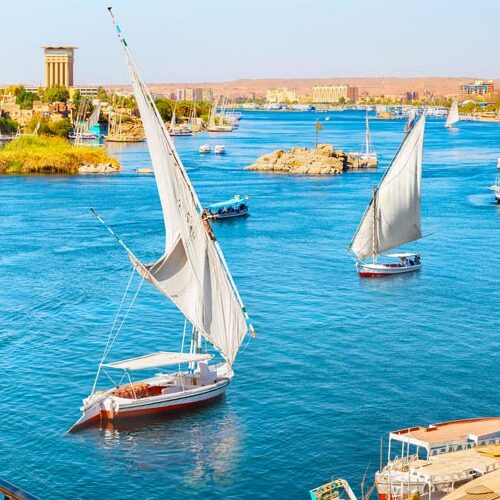Sehel Island
Sehel Island
Sehel Island, situated just south of Aswan along the Nile River, holds immense historical and cultural significance, particularly for its unique collection of ancient inscriptions.
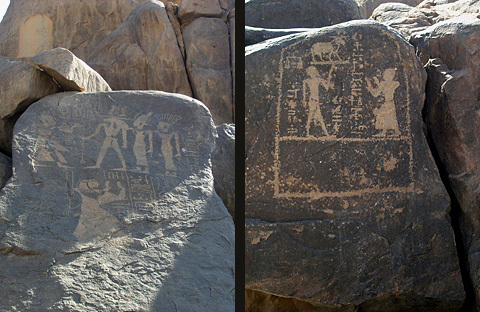
Ancient Travelers' Inscriptions:
- Historical Significance: Sehel Island was a critical waypoint for ancient travelers navigating the treacherous Nile cataract, both to and from Nubia. As a symbol of their gratitude for a safe journey, these travelers left inscriptions on the island’s vast granite boulders. These inscriptions, numbering in the thousands, offer insights into their experiences and the gods they revered.
- Dedication to Anukis: Many of these inscriptions are dedicated to Anukis, the Goddess considered the “Mistress of Nubia.” She was revered as a deity of fertility and protection, closely associated with the Nile’s inundation and the cataracts around Aswan and Elephantine Island.
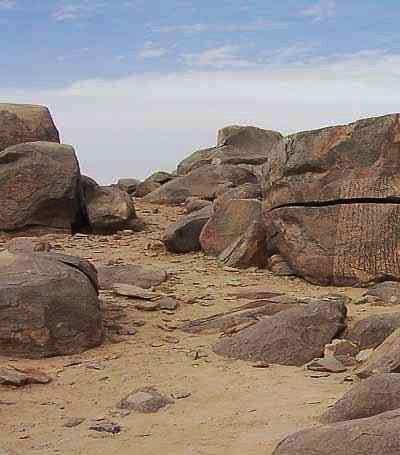
The Famine Stela:
- Prominent Inscription: Among the most famous inscriptions on Sehel Island is the “Famine Stela.” This large granite boulder bears an inscription that recounts a tale from the time of King Djoser (Netjerikhet) of the Third Dynasty, although it’s believed to have been inscribed much later during the Ptolemaic Period.
- Historical Account: The stela describes a seven-year period of drought and famine during King Djoser’s reign and his interactions with the god Khnum. It details Khnum’s promise to end the famine in exchange for following certain decrees, including a tax to support the Elephantine temple dedicated to him.
- Political Propaganda: Historians speculate that the decree might have been a political move by the Khnum priests to gain more influence and resources for their temple, capitalizing on the diminished power of Khnum in the region.
Visiting Sehel Island:
- Access to Inscriptions: Visitors can explore the island and view these ancient inscriptions, particularly the Famine Stela, which is enclosed within a metal fence. Access to some parts of the island, including the eastern side where the Famine Stela is located, requires a ticket.
- Panoramic Views: A climb to the top of the hill on the eastern side offers breathtaking views of the southern cataract area, providing a vivid understanding of the historical challenges faced by ancient Nile navigators.
- Cultural Richness: The island’s significance is not just in its ancient inscriptions but also in its role as a testament to the interplay between human history and the mighty Nile River.
In summary, Sehel Island is a treasure trove of ancient history, offering a unique glimpse into the lives and beliefs of past Nile travelers through its multitude of inscriptions and the enigmatic Famine Stela. The island’s role as a key historical site in Egypt makes it a compelling destination for those interested in the ancient world.
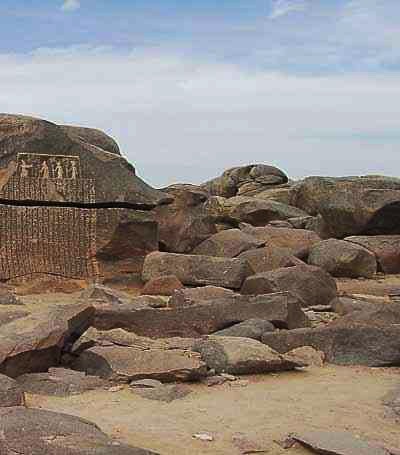
Created On April 22, 2020
Updated On January 26, 2024
ASWAN Travel Guide
